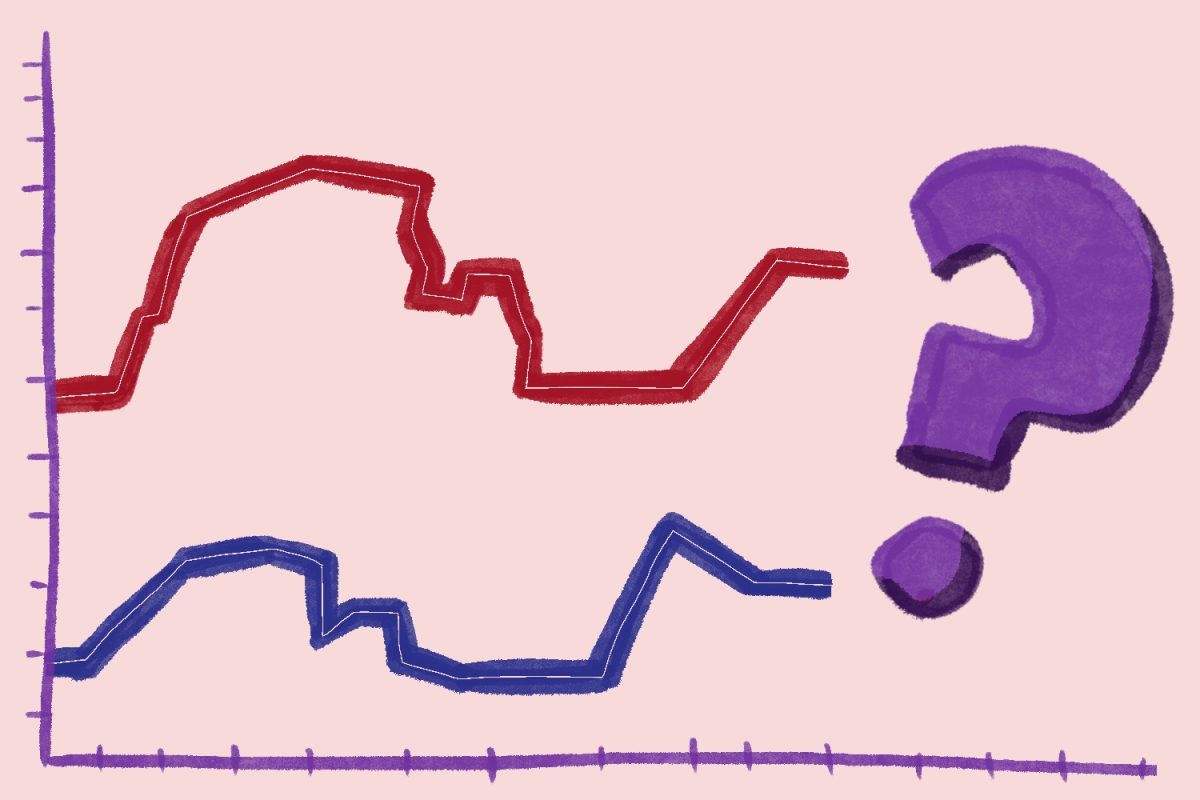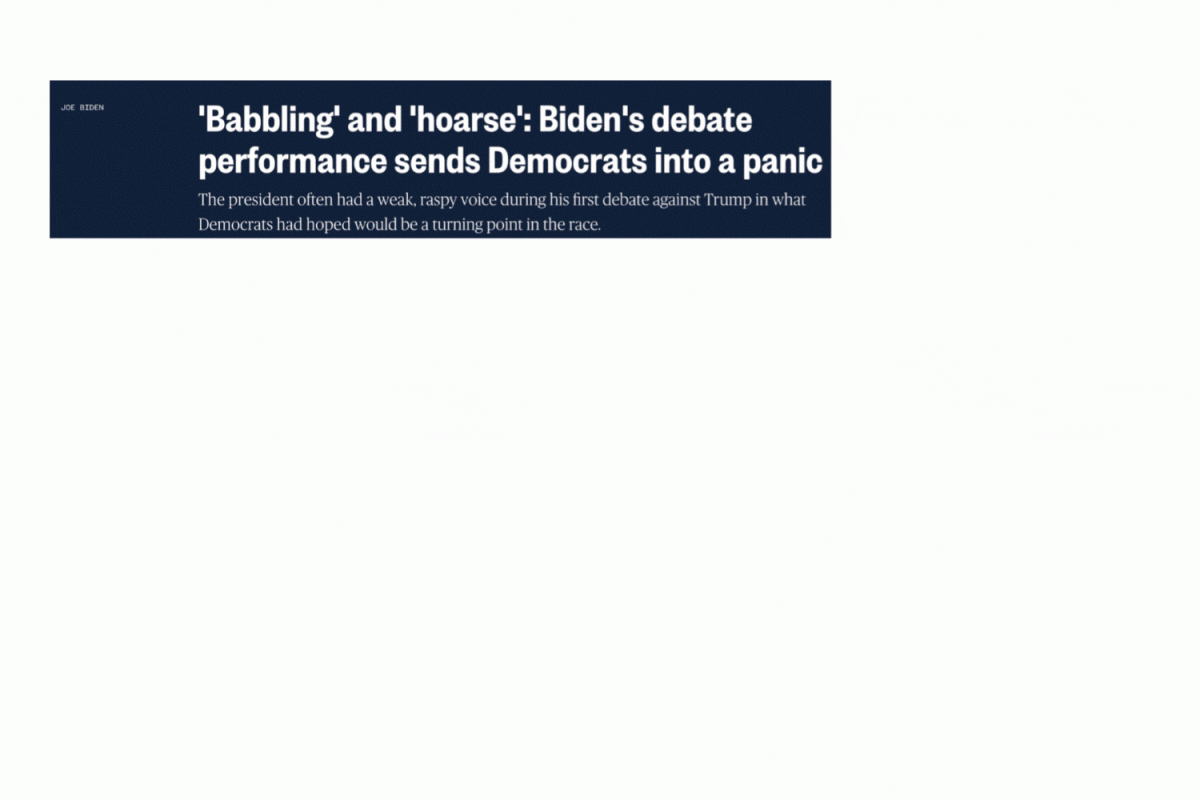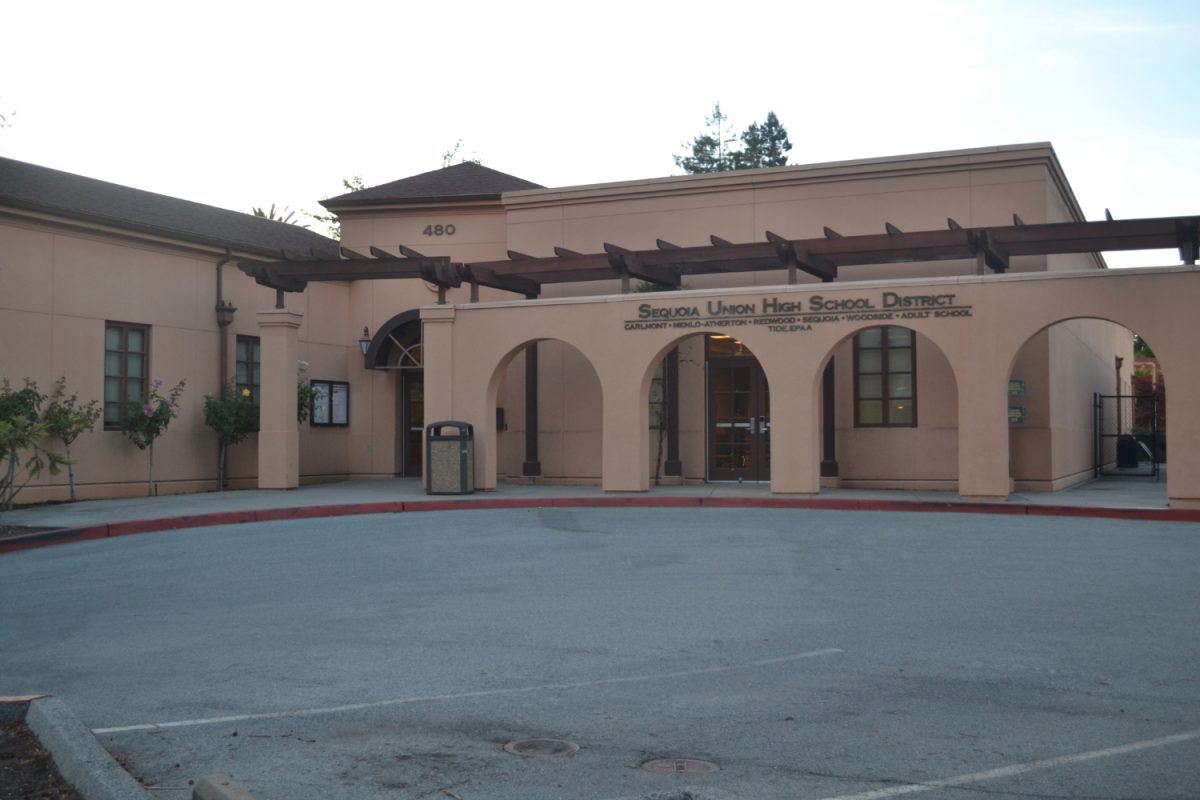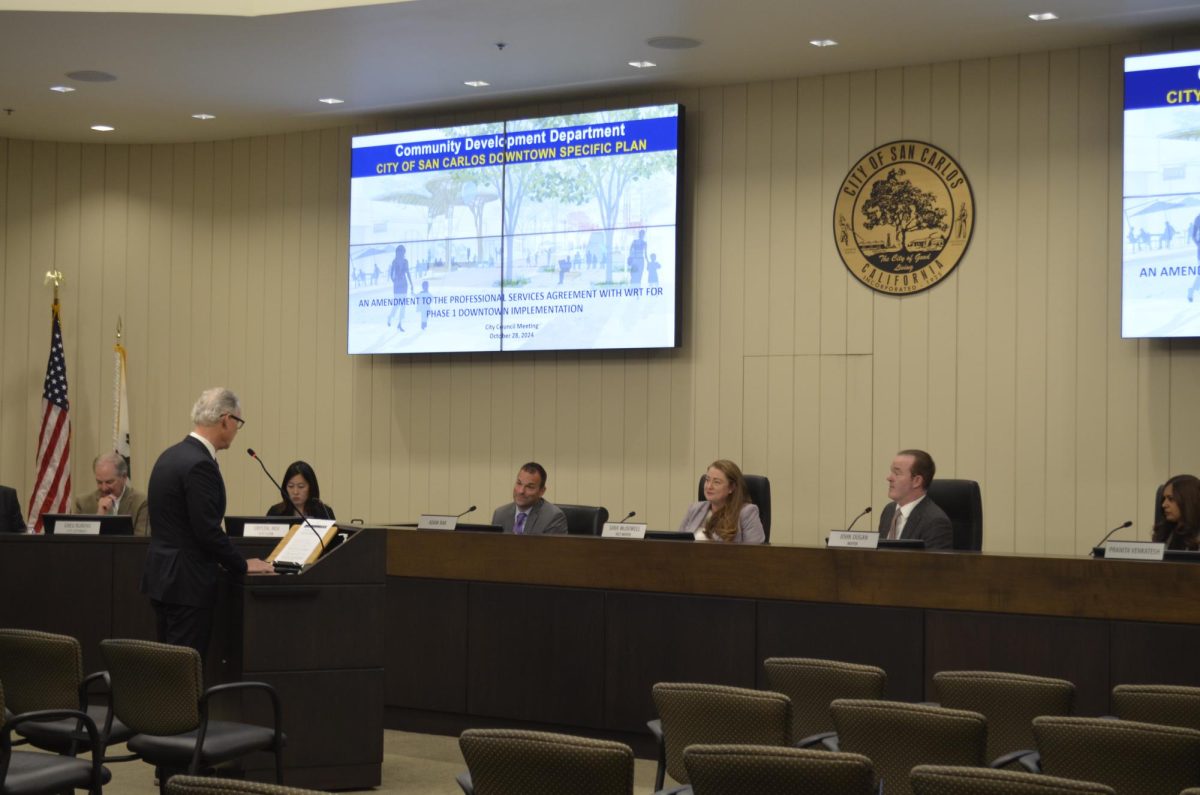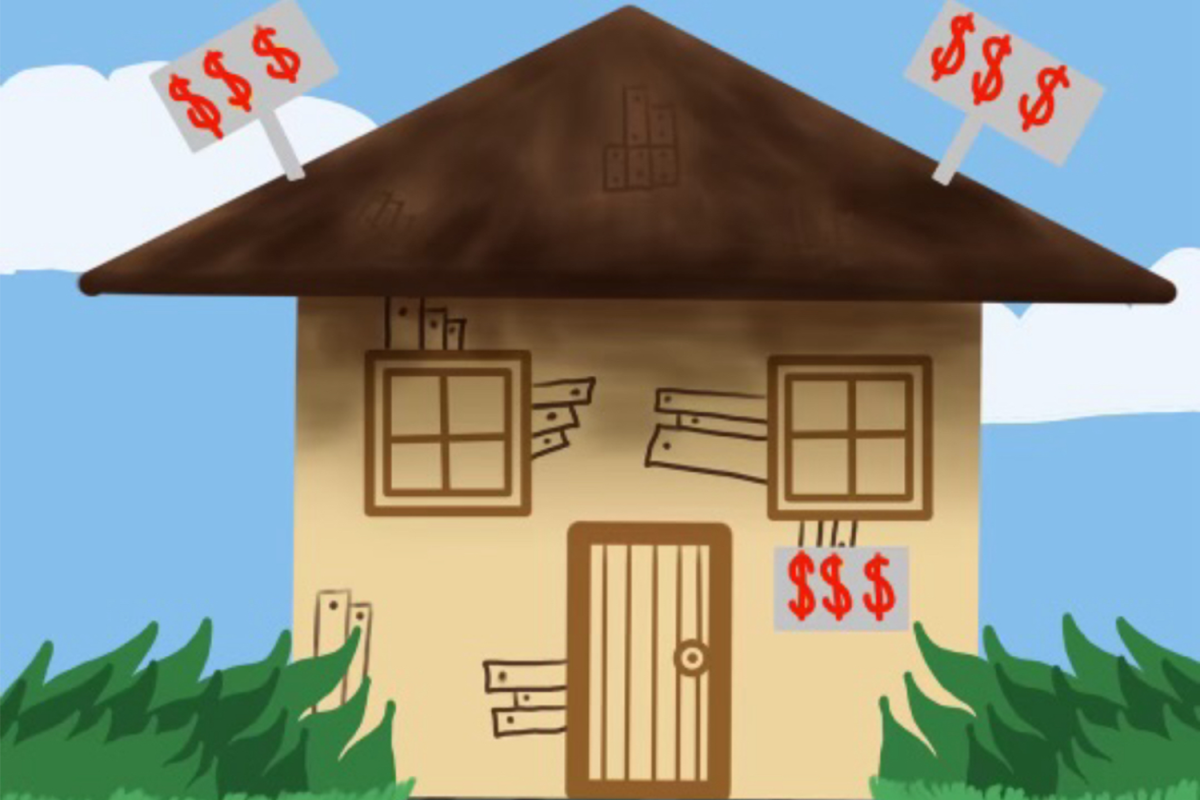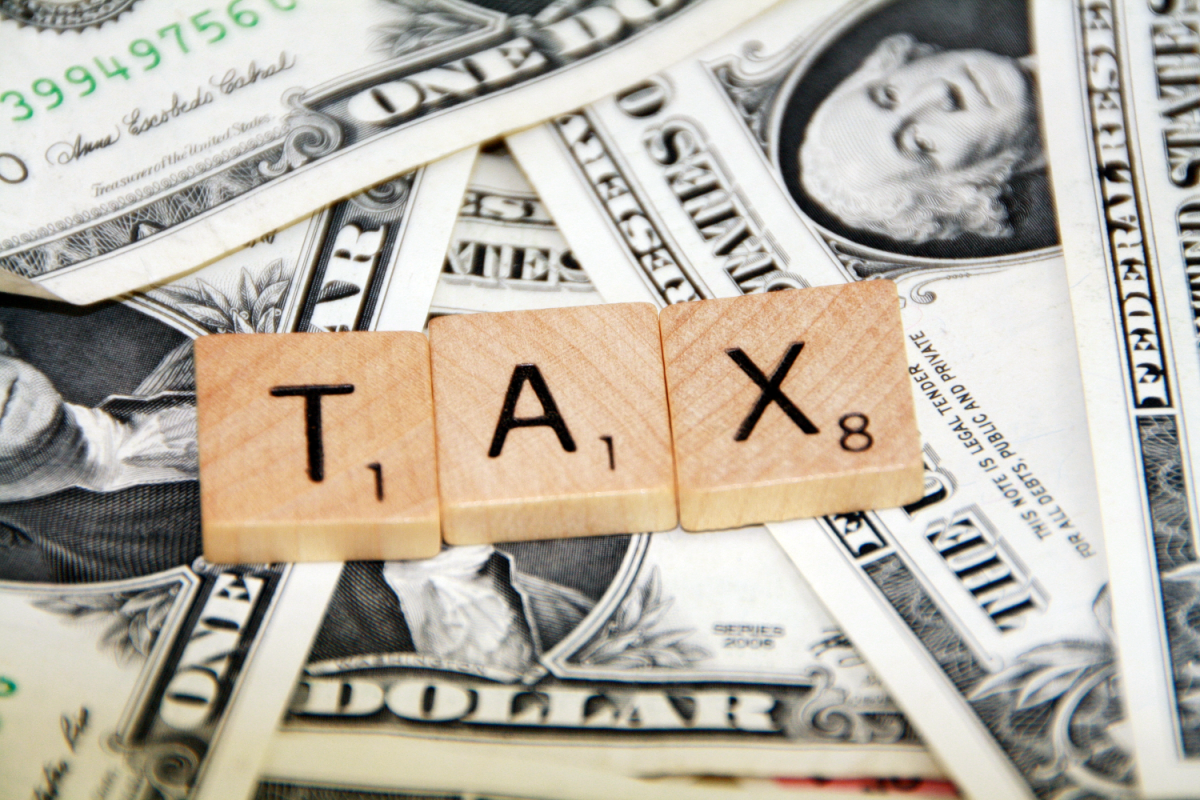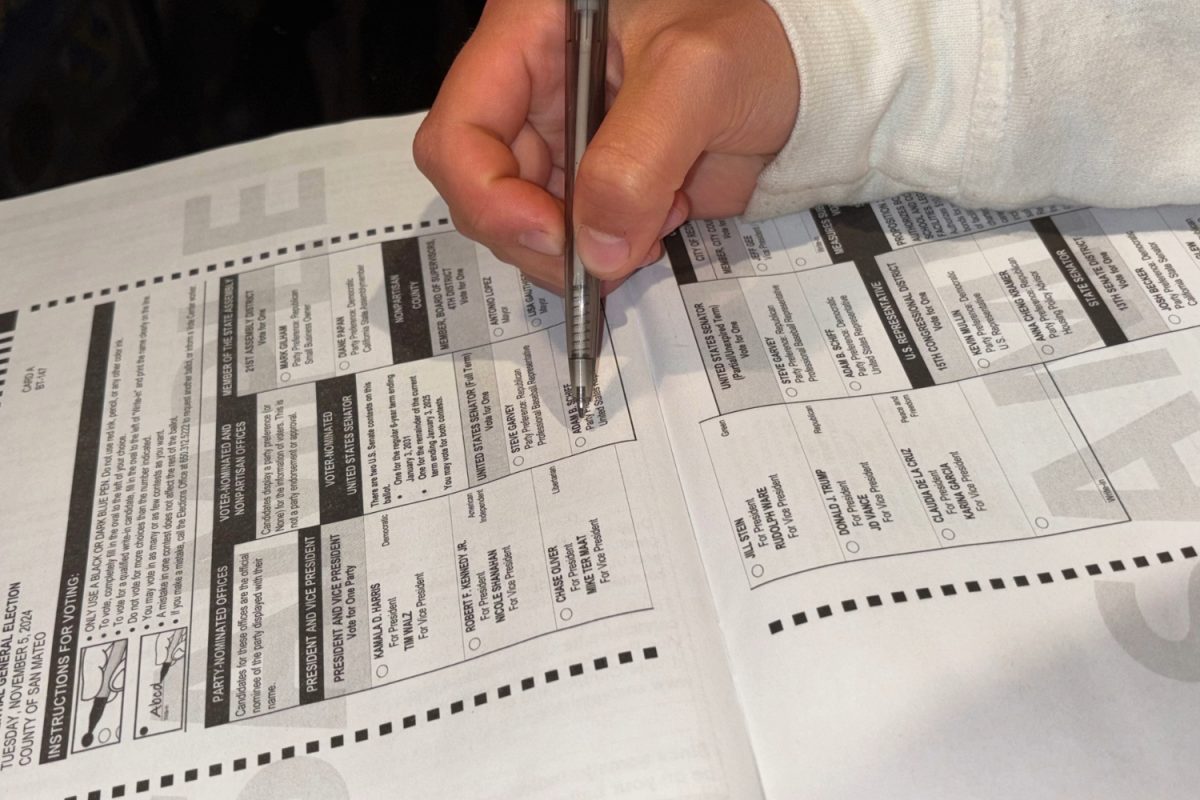As the last votes of the presidential election are counted and recounted, polling accuracy is again brought to the foreground following the election results.
Contradicting prior polling predictions, President-elect Donald Trump took all seven contested swing states in what many call a comeback victory.
“Polls are a snapshot of a moment in time, but they don’t always capture the full picture of what’s happening in the electorate,” said Mark DiCamillo, the Berkeley IGS Poll director.
DiCamilo, a veteran in his field with over 45 years of polling experience, emphasizes that election outcomes remain uncertain until the final votes are cast and counted.
“When I was asked before the election ,’Who will win?’ I said, ‘I really don’t know. It’s within a couple of points, and it could go either way,’ and that’s the way it went,” DiCamillo said.
One factor that leads to more uncertainty is the decrease in response rates and the amount of people providing data for polling organizations over the years.
According to the Pew Research Center, response rates for polling have declined significantly over recent decades, dropping from 36% in 1997 to around 9% by 2016. This steep decline is attributed to several factors, including increased mobility, busy lifestyles, and the rise of technologies like caller ID, which make it easier for people to avoid answering unknown calls.
“I got so many text messages and emails about political stuff. It was just a lot, so I sort of stopped looking at it because I already made up my mind,” said Carlmont parent Michelle Lago.
Other factors that contribute to the accuracy of the polls are sample size and weighing the results of different groups of people. Finding enough people for every category can be tricky, so multiple methods are used to get more accurate results.
“I’d probably start out with some cell phones, but also employ text and try to get emails, just try to get that sample that you drew, get as many pieces together of it as possible, and then do all the weighting and the modeling at the end of the line,” DiCamillo said.
Pollsters have the most liberty in weighing different groups of people against their data, which can be used to secure their results.
“You’re kind of not sticking out if your final poll says it’s even because no matter who wins, as long as it’s close, your poll was fairly accurate,” DiCamillo said.
While not representative of most pollsters, the process of weighing your polls so as not to stick is commonly known as poll herding.
“Somebody’s got to be paying them to do the poll, and usually it’s the media, so there might be some incentive to reduce the risk if you get some kind of odd result and to just say, well, there must be something wrong about that result,” DiCamillo said.
While many factors impact the results of the polls, it doesn’t mean they are getting less accurate over time. According to DiCamillo, some areas have less representation in election polls.
“While the California government has thousands of emails stored up, it’s harder for pollsters in other states to reach out on a wider scale with it being expensive,” DiCamillo said.
With political tension at a high, polling is more than just a tool to see who most people will vote for. Some recognize that the importance of polling is its political nature and can be used to give a voice to the voiceless.
“I think it’s important for voters to understand that and have some trust in the polls. If people don’t have faith in the polls and don’t care to voice their opinion, we’ll be in a far worse situation where policy teams and politicians don’t actively understand the needs of the people that they’re serving,” said Sweekriti Ratnam, president of the Carlmont Political Science club.

